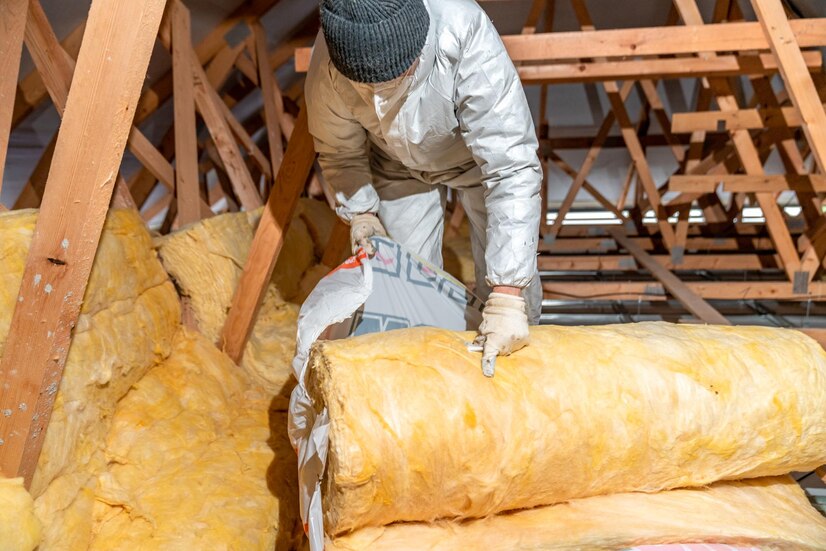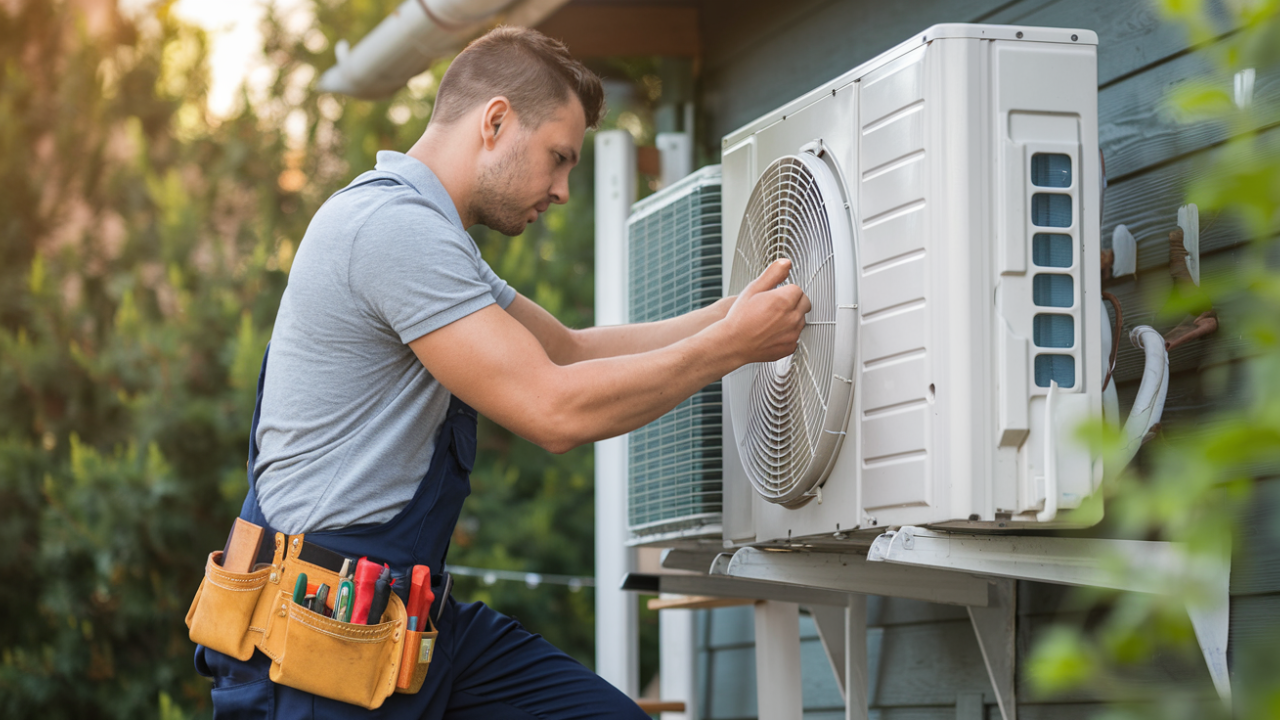What is Rope Access Painting?
Rope access painting is a specialized technique used for painting high-rise buildings, bridges, industrial structures, and other hard-to-reach areas. This method eliminates the need for scaffolding or heavy machinery, making it a cost-effective and efficient solution for large-scale painting projects.
Developed from techniques used in rock climbing and caving, rope access painting is widely used in the construction, maintenance, and offshore industries. It ensures maximum safety while providing high-quality painting finishes for commercial and industrial buildings.
Benefits of Rope Access Painting
1. Cost-Effective
Unlike traditional methods that require scaffolding or aerial lifts, rope access painting significantly reduces labor and equipment costs. Businesses save thousands of dollars by eliminating unnecessary expenses.
2. Minimal Disruption
Rope access technicians work quickly and efficiently without obstructing pedestrian walkways, traffic, or daily business operations. This makes it ideal for commercial properties, office buildings, and busy city areas.
3. Unmatched Safety
Certified rope access painters undergo rigorous training and adhere to strict safety regulations, reducing risks compared to traditional height access methods. According to IRATA (Industrial Rope Access Trade Association), rope access has one of the lowest accident rates in the industry.
4. Eco-Friendly Solution
Rope access painting reduces the environmental impact by eliminating heavy machinery that consumes fuel. Additionally, precision painting ensures minimal paint waste, making it a sustainable choice.
5. Access to Difficult Areas
Tall skyscrapers, bridges, industrial plants, and offshore structures often have areas that are impossible to reach with scaffolding. Rope access painting allows technicians to complete projects in challenging locations with ease.
Applications of Rope Access Painting
Rope access painting is used across various industries to maintain and restore large-scale structures. Below are some of the key applications:
1. Commercial Buildings
- High-rise office towers
- Shopping centers
- Hotels and apartment buildings
2. Industrial Facilities
- Factories and warehouses
- Manufacturing plants
- Processing facilities
3. Bridges & Infrastructure
- Road and railway bridges
- Tunnels and overpasses
- Dams and power plants
4. Offshore & Marine Structures
- Oil rigs and drilling platforms
- Ships and marine vessels
- Wind turbines
5. Heritage & Monument Restoration
- Churches and cathedrals
- Historical landmarks
- Statues and monuments
| Application Type | Key Benefits |
|---|---|
| High-Rise Buildings | No scaffolding required, minimal disruption |
| Industrial Sites | Safe and efficient, reduces downtime |
| Bridges & Infrastructure | Access hard-to-reach areas |
| Offshore Facilities | Durable coatings, withstands harsh conditions |
| Heritage Buildings | Gentle techniques preserve historical integrity |
The Rope Access Painting Process
1. Site Assessment & Safety Planning
Before any work begins, technicians conduct a detailed site assessment, identifying potential hazards and determining the safest and most efficient approach.
2. Surface Preparation
Proper surface preparation ensures long-lasting paint adhesion. This may include:
- Pressure washing to remove dirt and grime
- Sandblasting for rust removal
- Chemical treatments for stubborn contaminants
3. Paint Selection
Choosing the right paint is essential for durability and weather resistance. Common options include:
- Epoxy coatings for industrial sites
- Acrylic paints for commercial buildings
- Anti-corrosion coatings for offshore structures
4. Rope Access Painting Application
Using specialized harnesses and safety equipment, painters apply even coats using rollers, sprayers, or brushes, ensuring a flawless finish.
5. Quality Control & Inspection
Final inspections are conducted to ensure:
- Proper adhesion and coverage
- No streaks, bubbles, or imperfections
- Compliance with safety and quality standards
Common Challenges in Rope Access Painting & How to Overcome Them
1. Harsh Weather Conditions
- Wind, rain, and extreme temperatures can affect painting quality.
- Solution: Plan projects during favorable weather and use weather-resistant coatings.
2. Safety Risks at High Elevations
- Working at extreme heights poses potential hazards.
- Solution: Strict adherence to IRATA safety guidelines and regular training.
3. Difficult-to-Reach Surfaces
- Complex architectural designs can present access issues.
- Solution: Advanced rigging techniques and adjustable rope systems ensure full coverage.
Future Trends in Rope Access Painting
1. Drone-Assisted Inspections
Drones are increasingly being used for pre-inspections, identifying areas that require maintenance before sending rope access painters.
2. Self-Cleaning & Smart Paints
Nanotechnology is being integrated into coatings, allowing surfaces to resist dirt, reduce maintenance, and improve longevity.
3. Increased Automation in High-Rise Painting
Robotic painting systems are being developed to assist rope access technicians, increasing efficiency and precision.
4. Sustainable & Low-VOC Paints
Environmentally friendly paint formulations with low volatile organic compounds (VOCs) are becoming the industry standard.
Conclusion
Rope access painting is an efficient, safe, and cost-effective solution for maintaining and restoring high-rise buildings, industrial sites, and offshore structures. With the right techniques, materials, and trained professionals, businesses can ensure durable, high-quality paint finishes without the need for expensive scaffolding.
For expert rope access painting services with a commitment to quality and safety, trust Trelos Finance to deliver outstanding results. Visit Rapel Perez today!



